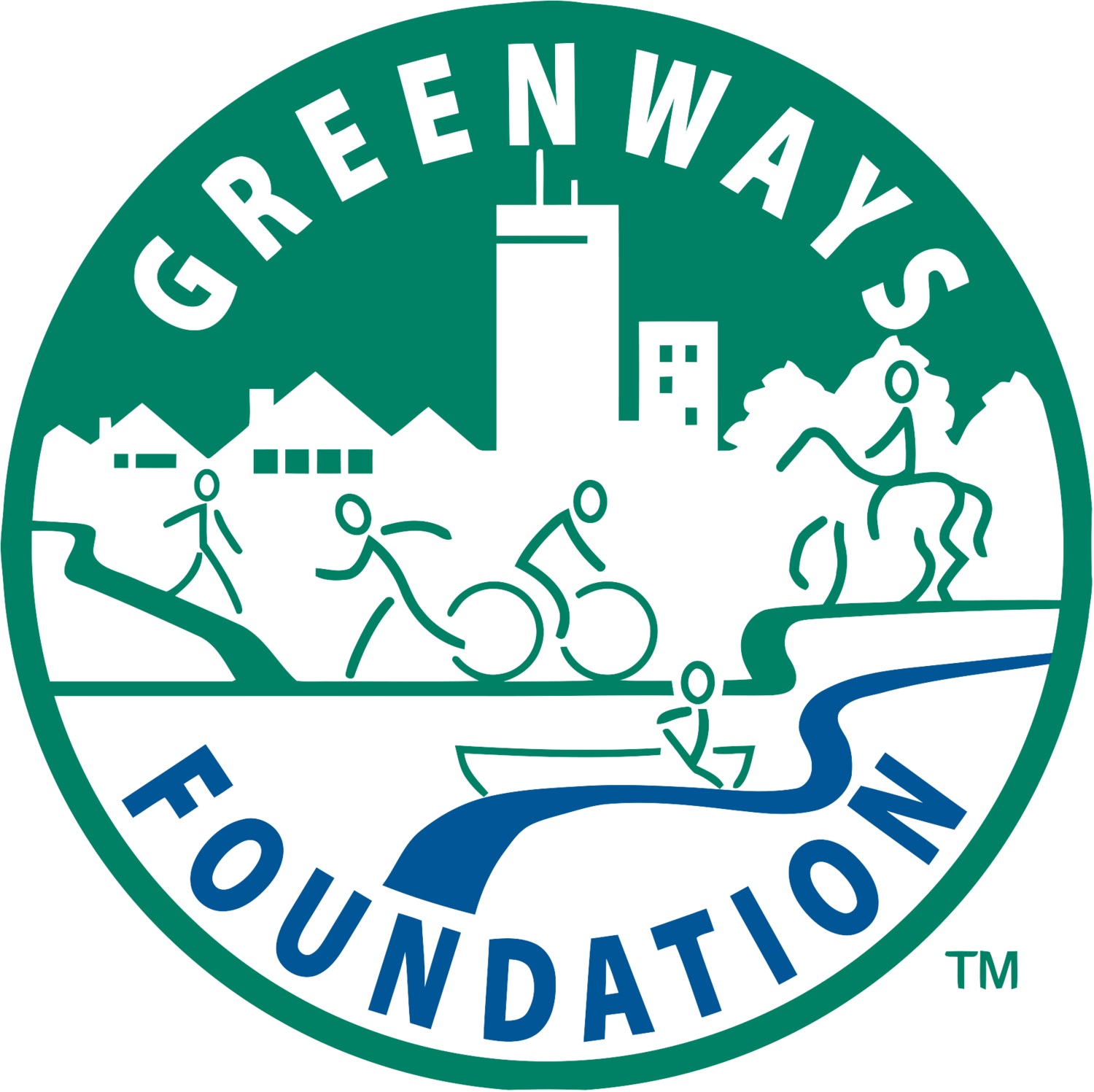Cultivating Prosperity: How Trails Become Engines of Local Economic Growth
The economic benefits of trails cannot be overstated.
Trails, whether for hiking, biking, or recreational purposes, have long been treasured by outdoor enthusiasts for their natural beauty and the opportunity they provide to connect with nature. However, these trails do much more than offer picturesque views and a breath of fresh air. They also play a crucial role in positively impacting local economies. In this blog, we'll delve into the evidence-based points that demonstrate how trails can be a boon for local communities by fostering economic growth, increasing property values, and supporting local businesses.
The Big Four Bridge connects pedestrians in Indiana and Kentucky, benefitting the economies of both states.
Boost in Tourism and Visitor Spending
One of the most immediate and apparent benefits of trails to local economies is the influx of tourists and outdoor enthusiasts they attract. Trails can serve as a significant draw for travelers seeking outdoor adventures and recreational opportunities. As visitors flock to these areas, they spend money on accommodations, food, gear rentals, and other amenities, providing a substantial boost to local businesses.
Evidence: A study conducted by the Outdoor Industry Association found that outdoor recreation, including trail activities, contributes over $887 billion annually to the U.S. economy, supporting millions of jobs and generating substantial tax revenue.
Increased Property Values
Proximity to recreational trails can have a positive impact on property values in the surrounding areas. Homebuyers often seek communities with easy access to outdoor amenities, including trails, which can lead to increased demand for homes in these areas. Consequently, property values tend to rise, benefiting homeowners and local governments through increased property tax revenue.
Evidence: Research by the National Association of Realtors has shown that homes located near trails or greenways often command higher prices than comparable properties located further away, with the potential for a 15% increase in property values.
Job Creation
The development and maintenance of trails require a skilled workforce, from construction crews to park rangers. Additionally, the increased tourism and visitation associated with trails stimulate job growth in the hospitality, retail, and service sectors. These employment opportunities contribute to reduced unemployment rates and greater economic stability in the community.
Evidence: A study commissioned by the Rails-to-Trails Conservancy estimated that every $1 million invested in trail construction supports approximately 9.6 jobs, further emphasizing the role of trails in job creation.
Canal Walk in Indianapolis serves the downtown community as a waterside promenade for walkers, runners, bikers and sightseers. The canal itself includes a steady stream of pedal boats, which can be rented west of the Indiana State Museum.
Increased Business Revenue
Local businesses, such as restaurants, cafes, bike shops, and outdoor gear stores, often experience a surge in revenue when located near popular trails. Trail users frequently stop by these establishments to refuel, purchase equipment, or enjoy post-adventure meals, helping to sustain these businesses year-round.
Evidence: The International Mountain Bicycling Association (IMBA) found that mountain biking alone contributes approximately $26 billion to the U.S. economy annually, with a significant portion going to local businesses.
Extended Tourism Seasons
Trails, especially those in scenic locations, can extend a region's tourism season beyond traditional peak times. Outdoor enthusiasts are more likely to visit year-round, providing a more consistent stream of revenue for local businesses, hotels, and attractions. This diversification of the tourist season helps mitigate the effects of seasonal economic fluctuations.
Evidence: The Methow Valley in Washington State is a prime example of how a network of trails has turned a once-seasonal ski destination into a year-round outdoor recreation hub, supporting the local economy throughout the year.
--
The evidence is clear: trails positively impact local economies in multiple ways. From boosting tourism and visitor spending to increasing property values, job creation, and supporting local businesses, the economic benefits of trails cannot be overstated. As communities continue to recognize the economic potential of trails and invest in their development and maintenance, they not only create vibrant and healthy outdoor spaces but also contribute to the prosperity of their local economies. So, the next time you lace up your hiking boots or hop on your mountain bike, remember that you're not just enjoying the great outdoors; you're also playing a part in fostering economic growth in your community.



